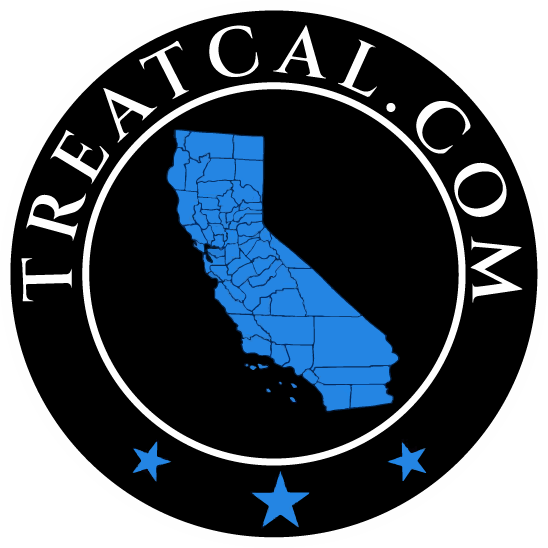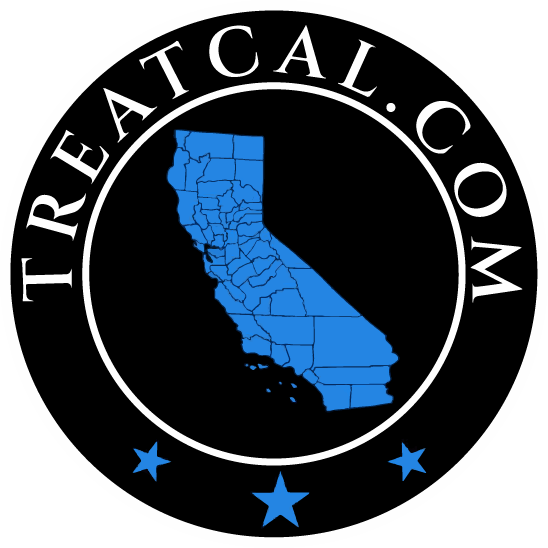Court-Ordered Rehab is an increasingly common legal measure where a judge orders addiction treatment as part of a sentence for drug-related offenses. In California this method has developed over time showcasing the states thinking approach, to addressing addiction treatment and recovery.
Why Is Court-Ordered Rehab Necessary?
Court-Ordered Rehab is necessary to ensure that individuals with drug or alcohol offenses receive proper treatment rather than mere punishment. By focusing on rehabilitation, the court system addresses the underlying addiction issues that may have led to legal troubles. This approach not only helps the individual to recover but also serves society by reducing the recurrence of drug-related crimes. Aligning with
evidence-based treatment modalities, Court-Ordered Rehab reflects a more compassionate and effective legal approach to addiction as of 2023.
Substance Use Disorders and Law Enforcement
In 2023, research shows a continued connection between substance abuse and legal issues in California. Law enforcement agencies struggle to handle addiction-related crimes, and Court-Ordered Rehab is emerging as an essential solution to provide support for recovery.
Substance Abuse and Drug-Related Crimes
Research in California highlights that drug-related crimes often stem from untreated addiction. By mandating rehab, the courts are focusing on the root cause, reducing criminal recidivism, and helping individuals reintegrate into society.
Probationary Sentence for First-Time Offenders
California’s legal system shows a trend towards offering first-time offenders probation with mandatory rehabilitation. This policy aims at early intervention, recognizing that supportive treatment can lead to better long-term outcomes.
Legal Trouble and Court-Mandated Treatment
Court-Ordered Rehab aligns legal mandates with therapeutic needs. In California, there is a growing understanding that this dual approach offers a more comprehensive solution to addiction-related legal troubles.
Types of Court-Ordered Rehab Programs
Voluntary Treatment Programs
Recent findings in California indicate that voluntary treatment programs within Court-Ordered Rehab have shown remarkable success rates. Allowing choice encourages personal commitment to recovery, enhancing overall effectiveness.
American Addiction Centers (AAC) Programs
AAC programs are renowned for integrating professional care with legal compliance. In California, these programs are expanding, reflecting the growing need for specialized care that meets court requirements.
Probation Officer Assisted Treatment Plans
California has pioneered probation officer assisted treatment plans, involving close collaboration between legal and therapeutic professionals. This ensures that the unique needs of each individual are met.
Understanding the Benefits of Court-Ordered Rehabilitation Avoiding Jail Time for Criminal Offenders
Avoiding jail time is a significant benefit of Court-Ordered Rehab. California’s research indicates that this approach leads to better societal reintegration and decreases the overall burden on the prison system.
Reduced Legal Trouble in the Future
By treating addiction’s underlying cause, Court-Ordered Rehab has been found to substantially reduce future legal troubles for individuals in California, marking a shift in preventative legal measures.
Effective Treatment to Overcome Addictions
California’s studies on Court-Ordered Rehab have consistently shown that it leads to effective and long-lasting recovery from addiction, with lower relapse rates compared to traditional punitive measures.
Who is responsible for covering the cost of court-ordered rehabilitation?
Court-Ordered Rehab payments in California depend on your finances and the court ruling. If you can’t pay, the state might help with public funds or assistance programs. But if you’ve got the moolah, you’ll have to foot the bill or use private insurance. The court, treatment facilities, and social services team up to make sure everyone gets the treatment they need, no matter their income. It’s all part of California’s commitment to rehabilitating justice in 2023!
How to Get Out of Court-Ordered Rehab?
Getting out of Court-Ordered Rehab is generally not advised, as it’s intended to address addiction issues related to legal troubles. However, compliance with the program, showing significant progress, and working closely with legal and medical professionals may lead to a reevaluation of the court order. Open communication with your legal counsel and adherence to the rehabilitation program’s rules are key. It’s vital to recognize that the main goal is recovery, and early termination could lead to legal consequences or relapse. In 2023, the emphasis remains on completion and fulfillment of court requirements.
What are the consequences of leaving court-ordered rehab?
Leaving Court-Ordered Rehab in California without permission? Big mistake. Legal consequences can be serious. Think additional criminal charges, longer sentencing, or extended probation. And that’s not all. Your chances for leniencies or parole? Gone. California takes rehab seriously. Ignoring the court? Yeah, that’s breaking the law. So, talk to your lawyer. Follow the program rules. Remember, Court-Ordered Rehab is all about recovery and legal redemption.
Court-Ordered Rehab in California
Court-Ordered Rehab in California emerges as a pivotal intervention for addiction recovery. These programs, propelled by legal mandates, deliver tailored treatments within the state’s comprehensive rehabilitation framework. Insightful content, influenced by in-depth analysis, offers a unique perspective on the legal and healing aspects, guiding individuals through their journey. With a focus on California’s rehab landscape, informative pieces illuminate the transformative potential of court-ordered rehab. By merging originality and expertise, these resources empower individuals and families to navigate the intricate nexus of law and recovery efficiently.
There are many places that provide court-ordered rehab in California, depending on the type of program and the location of the person. Here are some examples of court-ordered rehab centers in California:
● Wavelengths Recovery: At Wavelengths, we adhere to a structured and active program based on the community being the treatment agent and mutual peer
self-help (Each One, Teach One). The comprehensive treatment model encompasses four recovery process stages: admission; primary treatment and assessment; development and implementation of an individualized care plan; and independent life skills learning.
● Addiction Resource Center LLC: Addiction Resource Center is a leading provider of Outpatient Addiction Treatment, Alcohol Addiction Recovery, and Drug Rehab services in Yuba City. Our experienced team of professionals offers compassionate Substance Abuse Counseling and personalized Addiction Therapy programs to help individuals overcome their addiction challenges. We provide Mental Health Support to ensure a holistic approach to recovery, assisting our clients in their journey towards a healthier, happier life. At our Addiction Recovery Center, we understand the complex nature of addiction and are committed to helping our clients every step of the way. If you are in need of Yuba City Rehab, our Substance Abuse Treatment programs are tailored to meet your specific needs.
● Four Season Recovery House: A comfortable, tranquil setting for you or a loved one to recover from substance abuse. At our drug and alcohol rehab center, not only can you gain the tools you need to overcome addiction, but also the support and guidance to achieve long-term recovery.
To find out more well established rehab center visit us
Conclusion
This guide exemplifies the significance of these programs in California’s recovery landscape, where legal mandates intersect with tailored treatments. The fusion of legal insights and healing perspectives underscores the transformative potential inherent in this approach. Armed with originality and expertise, this guide empowers individuals and families to navigate the intricacies of Court-Ordered Rehab with confidence, fostering a path toward holistic recovery and a renewed lease on life.


